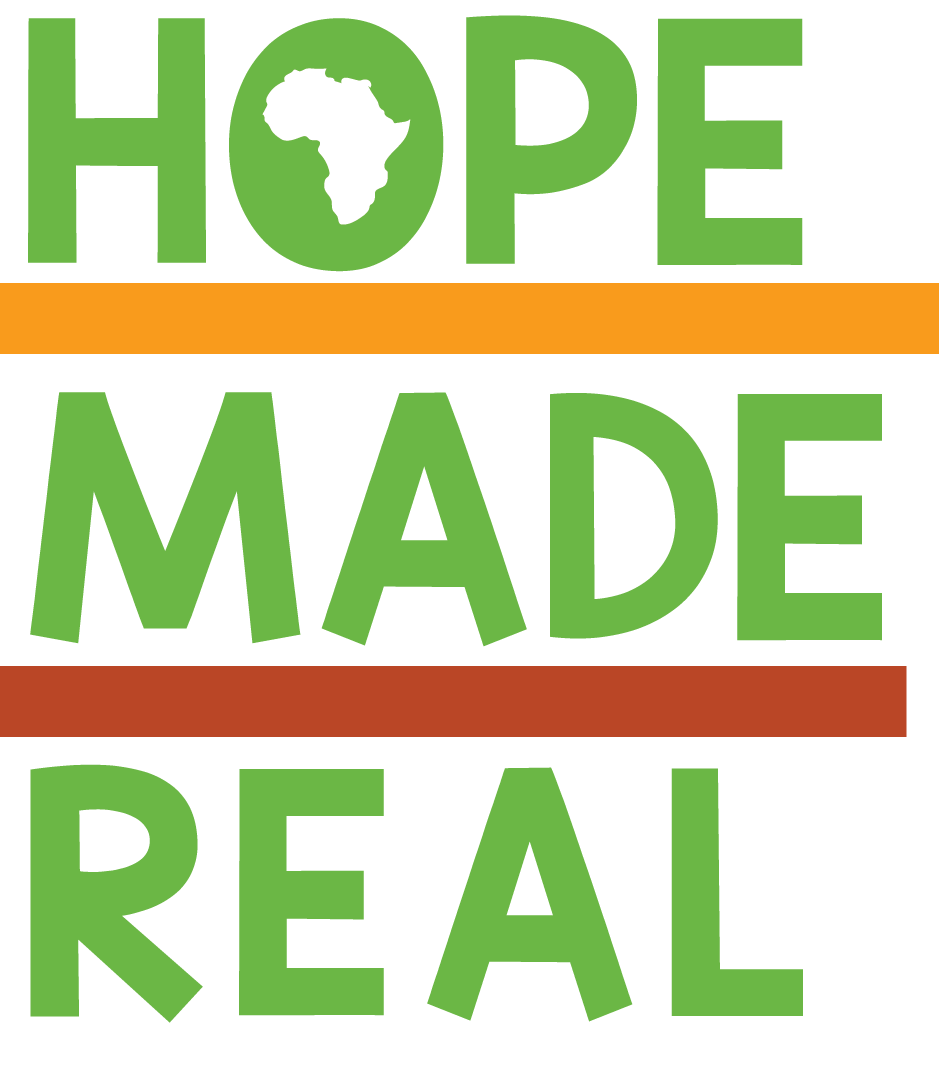While sitting in a waiting room in a Kigali hospital with one of my children some years ago, a young woman sat down next to me. Of course, I spoke and she answered me in English. Wow, this was great. Her name was Christine and she was a fifth-year medical student. After visiting for some time, we exchanged phone numbers and email addresses, promising to keep in touch. This was the beginning of a long-time relationship.
She finished medical school, and I was invited to meet her family and to attend her beautiful wedding. Time passed, and we were a bit out of touch. She let me know when her daughter was born. Contact was lost, and I did not know about the second child.
This September, Dr. Christine brought her children to visit me after the long, quiet time. I was surprised and delighted to see her and her children.
Wouldn’t you know this was the day I did not fix my hair or put on any makeup to enhance me a bit. Oh well, there is love and that is what counts.
When my young man Diescor was ready to go to medical school, we needed help. So I contacted Christine as she had walked this path before. Christine went to her father, and he was instrumental in getting Diescor admitted as a student at Gitwe Hospital. Again time passed.
Now Diescor is in his third year of medical school and is home for a short visit. Always happy to see him although his visits are short.
Dr. Christine and medical student Diescor
Dr. Christine and her two children made their surprise visit the same day Diescor came home. It was the first time Dr. Christine and Diescor had met. God incident to be sure. No other way to explain it. Diescor is seldom home. It was great listening to them compare notes and discuss experiences and in English.
Dr. Christine is now working at our local hospital. Hopefully we will see more of her and the children in the future.




































